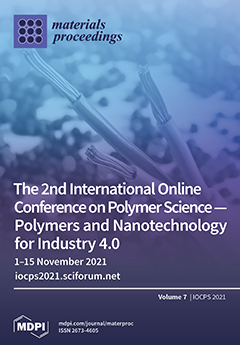Natural polymers play a vital part in the formulation of pharmaceutical dosage forms due to their use as excipients. Synthetic polymers have been introduced into drug delivery recently; the usage of natural polymers in drug delivery research continues to rise. It is not surprising that applications other than its caloric value have been found for starch. Various natural sources of the polymer have been investigated for delivery systems; among them,
Assam Bora rice starch seems to be a promising candidate due to its interesting properties such as being non-toxic, biocompatible, biodegradable, mucoadhesive, and non-immunogenic.
Assam Bora rice, locally known as
Bora Chaul, was first introduced in Assam, India, from Thailand or Myanmar by Thai-Ahom, now widely cultivated throughout the Assam. The starch obtained from
Assam Bora rice is characterized by its high amylopectin content (i.e., >95%) with a branched, waxy polymer which shows physical stability and resistance towards enzymatic action.
Assam Bora rice starch hydrates and swells in cold water, forming viscous colloidal dispersion or sols responsible for its bioadhesive nature. Moreover, it is degraded by colonic bacteria but remains undigested in the upper GIT. Due to the excellent adhesion and gelling capability, it is often selected as a mucoadhesive matrix in a controlled release drug delivery system. Carboxymethyl
Assam Bora rice starch has also been applied for SPIONs stabilization and, further, it can effectively bind and load cationic anti-cancer drug molecule, Doxorubicin hydrochloride (DOX), via electrostatic interaction. This article provides a critical assessment of
Assam Bora rice literature and shows how the rice can be used in many ways, from food additives to drug delivery systems.
Full article



